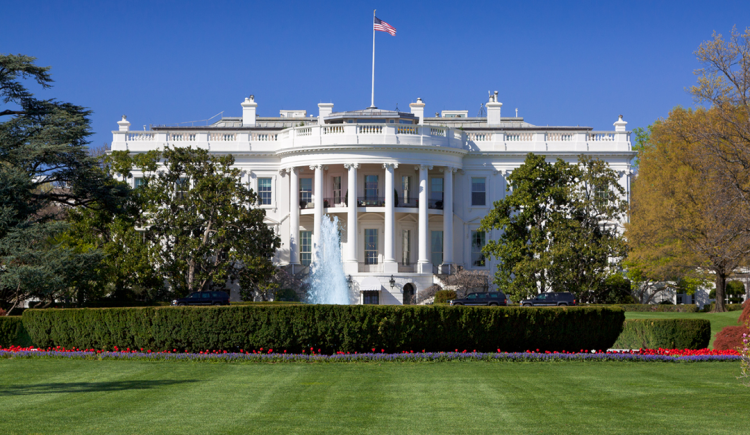On Tues., Aug. 3—just a few days after the federal eviction and foreclosure moratoriums expired—a new ban on evictions was imposed. The new order protects renters until Oct. 3 and is effective in areas of the country where COVID cases are rapidly increasing.
“The emergence of the Delta variant has led to a rapid acceleration of community transmission in the United States, putting more Americans at increased risk, especially if they are unvaccinated,” said CDC Director Dr. Rochelle Walensky. “This moratorium is the right thing to do to keep people in their homes and out of congregate settings where COVID-19 spreads.”
“It is imperative that public health authorities act quickly to mitigate such an increase of evictions, which could increase the likelihood of new spikes in SARS-CoV-2 transmission,” added Walensky. “Such mass evictions and the attendant public health consequences would be very difficult to reverse.”
Biden put pressure on the CDC ahead of the moratorium deadline this past weekend; however, the matter was tied up in political controversy, with Congress stating the CDC had exceeded its authority regarding the ban, according to a Supreme Court Ruling.
Several political leaders have advocated for the renewed moratorium—a necessary move, they say, to protect renters and avoid a wave of evictions. A U.S. Census Bureau’s Household Pulse Survey reports that roughly 1.2 million households were at risk of evictions in the next two months after the eviction moratorium lifted.
However, not all agree.
The New Civil Liberty Alliance, for example—which promotes itself as a nonpartisan, nonprofit civil rights group—has engaged in multiple lawsuits across the country, arguing that the moratorium, “far exceeds the constitutional and statutory limits of CDC’s authority.”
“Reissuing the CDC eviction moratorium is unlawful, irrational and will devastate mom-and-pop housing providers everywhere. NCLA will not stand for this. CDC never had legal authority to issue a nationwide eviction moratorium. Nothing has changed. This is your unlawful administrative state hard at work,” said Mark Chenoweth, executive director and general counsel, NCLA.
The National Association of REALTORS® (NAR) says it is currently assessing the new order to determine how it may impact small housing providers.
“Around half of all housing providers are mom-and-pop operations, and they also struggle,” an NAR spokesperson tells RISMedia. “Without rental income, they cannot pay their own bills or maintain their properties.”
“NAR has always advocated the best solution for all parties was rental assistance paid directly to housing providers to cover the rent and utilities of any vulnerable tenants during the pandemic,” they add. “No housing provider wants to evict a tenant and considers it only as a last resort.”
According to NAR, rental assistance is now available in every state to cover up to a year-and-a-half of back and future bills.
“It is time to put our full efforts behind its swift deployment so that the housing market can return to its former, healthy function,” says NAR.
This is a developing story. Stay tuned to RISMedia for more updates.
 Liz Dominguez is RISMedia’s senior online editor. Email her your real estate news ideas to lizd@rismedia.com.
Liz Dominguez is RISMedia’s senior online editor. Email her your real estate news ideas to lizd@rismedia.com.











